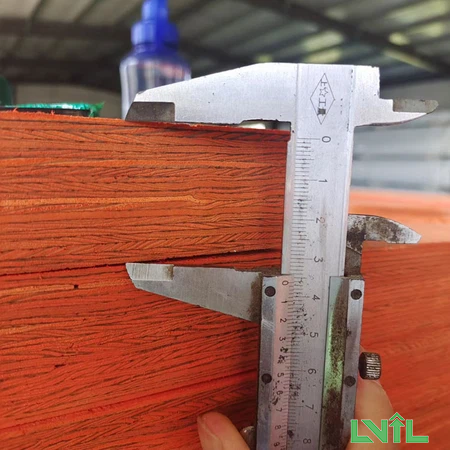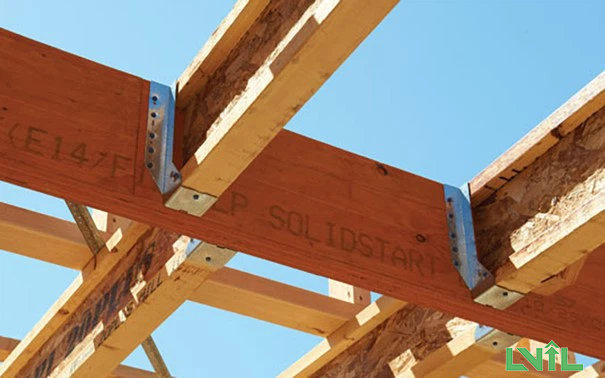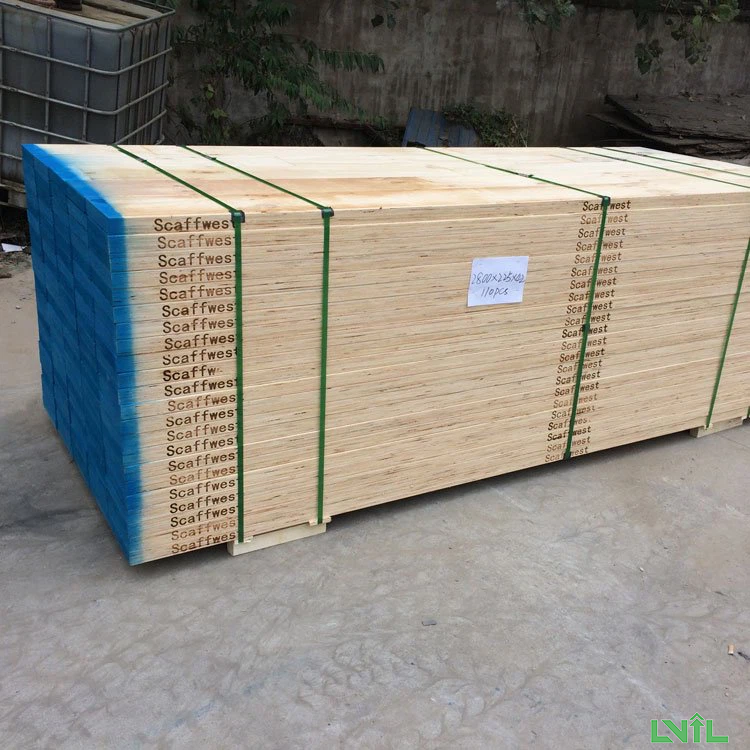Choosing between traditional lumber and engineered lumber, particularly Laminated Veneer Lumber (LVL), can pose a challenging decision. Although both options are reliable, understanding their differences will provide a clear insight into how each can effectively meet the requirements of your project.
Curious about the distinctions between LVL and conventional lumber? Let's explore what sets them apart. Vietimber

Traditional lumber, also known as solid-sawn lumber or conventional lumber, remains widely favored among builders due to their familiarity with the product. An advantageous feature of conventional lumber is the ability to purchase dimensional lumber and customize it to specific measurements.
Copyright © RAINFOREST WOOD CO.,LTD. All Rights Reserved.
Despite its generally lower cost, conventional lumber may present quality issues, necessitating builders to undertake expensive corrections. www.vietimber.com
If you find yourself in the preliminary research phase, seeking ways to trim costs, considering the use of conventional lumber is advisable. www.vietimber.com
Nevertheless, it's crucial to note that conventional lumber varies in terms of quality and appearance, influenced by factors such as knots, the slope of grain, shakes, and other characteristics. Therefore, it is advisable to consult with your lumber supplier regarding the strength, utility, and value of the chosen lumber.
www.vietimber.com
Given that dimensional lumber is available in specific sizes, conventional lumber is most suitable for projects involving wooden frames, floorboards, wall paneling, furniture, cabinets, and similar endeavors with precise dimensions. Copyright © RAINFOREST WOOD CO.,LTD. All Rights Reserved.
 Vietimber
Vietimber
Laminated Veneer Lumber (LVL) is manufactured by bonding together multiple layers of thin wood using robust adhesive. The strength of this adhesive imparts greater stability to engineered lumber, making it more resistant to common issues such as rot, termite infestation, and mold. Copyright © RAINFOREST WOOD CO.,LTD. All Rights Reserved.
While various natural lumber options exist, it's essential for builders and contractors to weigh the advantages of engineered lumber, such as LVL, before embarking on construction planning.
Vietimber
LVL is often compared to solid timber, concrete, and steel thanks to its exemplary strength – which makes it perfect for supporting heavy loads in commercial or industrial settings. One of the major differences between LVL timber and conventional lumber is that – due to the emphasis placed on quality bonding in LVL – there are no naturally occurring knots. This not only makes the product stronger, but more durable than conventional lumber. RAINFOREST WOOD CO.,LTD
LVL proves to be ideal for various applications within a home, especially when structural integrity is a priority. This encompasses a range of elements, such as rafters, headers, lintels, purlins, roof trusses, formwork, as well as window frames and steps.
Its properties make LVL an excellent option for constructing homes and buildings with open floor plans. Additionally, LVL can be engineered to exhibit flexibility and pliability, enhancing its versatility for intricate architectural projects. Copyright © RAINFOREST WOOD CO.,LTD. All Rights Reserved.
The decision between conventional lumber and LVL for your home improvement project ultimately rests with you!
 https://www.vietimber.com
https://www.vietimber.com